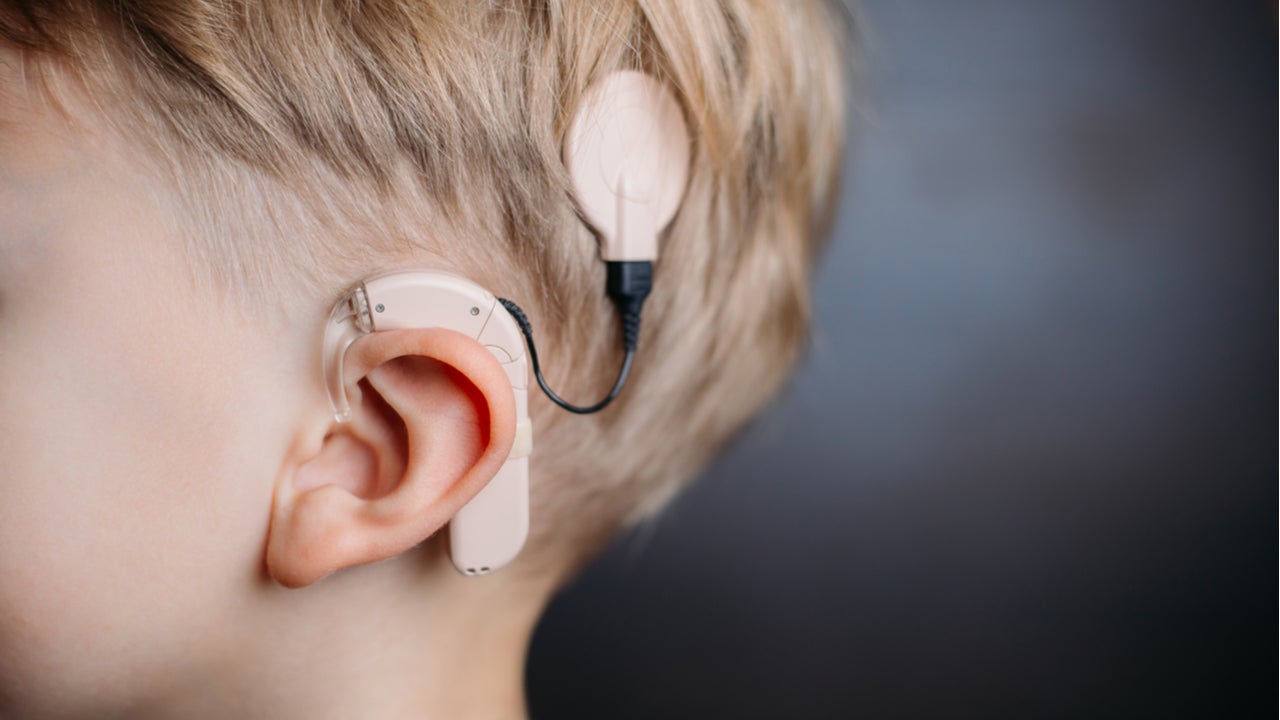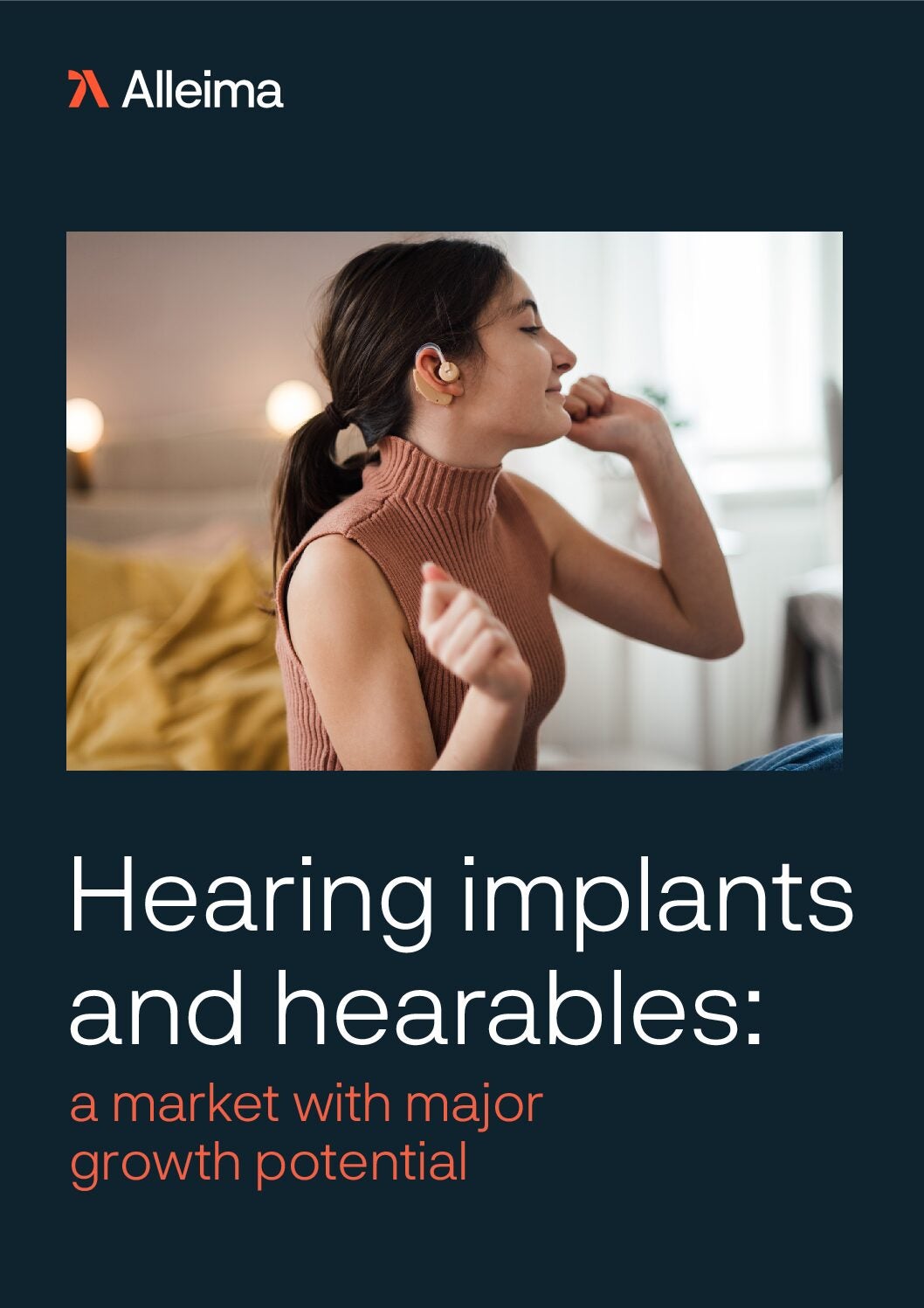
The Debate Over Cochlear Implants and Audism
Videos of deaf children reacting to the activation of their cochlear implants have been an ongoing viral trend, for almost as long as people have been uploading videos of themselves and those close to them to the internet. Praised for being heartwarming and uplifting, these videos can also provoke exasperation and even anger in those who view them as distasteful. But why do these clips inspire so much controversy?
While deaf with a lowercase ‘d’ refers to individuals with profound hearing loss, Deaf with an uppercase ‘D’ has a more specific implication. The capital D is used to mark the difference between all those who have problems hearing and the Deaf culture and community. Members of the Deaf community tend to be profoundly deaf, communicate primarily or exclusively in sign language and view deafness as simply a difference in human experience rather than a disability.
As such, cochlear implants are strongly opposed by many members of the Deaf community, who see the devices as a threat to their way of life. If you view deafness as a cultural difference rather than an impairment to be cured, cochlear implants start to look less like an assistive device and more like an attempt to erase a minority group and assimilate its members into the mainstream. Many Deaf expectant parents hope to have children who are deaf too, with whom they can share their language and culture, and thus choose not to pursue cochlear implants for their children if they too cannot hear.
The ethical quandary arises largely from the fact that cochlear implantation has a limited window of efficacy. Children with profound sensorineural hearing loss who receive cochlear implants before 24 months demonstrate greater levels of success, in terms of speech, language and auditory development, than those who receive them later on. There’s no upper age limit to receiving cochlear implants and they’re a viable option for adults who have lost their hearing as well, but for the congenitally deaf the brain’s ability to learn to hear is at its peak at this early age. Waiting for a child to reach a level of maturity where they can make their own decision about cochlear implantation means they won’t be able to achieve the same results with the device if they had been fitted earlier.
How do cochlear implants work?
Cochlear implants work in a very different way to hearing aids – a hearing person won’t perceive any sound at all if they put the external part of the mechanism up to their ear, but they will with a hearing aid. That’s because hearing aids consist of miniaturised amps and speakers, while a cochlear implant doesn’t actually produce any sound. Instead, cochlear implants bypass most of the ear altogether.
The system consists of a microphone, sound processor and a receiver with an electrode array that is surgically implanted into the cochlea. The cochlea converts sound waves into electrical signals using special cells called hair cells, which trigger nerve signals when they detect soundwaves. If these hair cells aren’t working, the electrode can stimulate parts of the cochlea directly.
Meanwhile, the processor crunches the sound data it receives from the microphone and interprets it into around 24 ‘channels’ each corresponding to a different frequency of sound. For each channel an electrode stimulates a certain spot in the cochlea, which can simulate the experience of hearing in the brain.
One common misconception about cochlear implants is that they simulate the full range of typical human hearing, but this isn’t the case. A fully-functional cochlea has thousands of hair cells, but with only two dozen channels or fewer, the signals from a cochlear implant sound very different. Adults who have lost their hearing and are fitted with an implant later in life have described the sounds as ‘robotic’ or ‘mechanical’.
Audism and cochlear implants
Parents are generally regarded as having an inalienable right to raise their children as they see fit and make necessary decisions regarding their health and wellbeing. But when it comes to potential rejection of an elective surgery that may dictate how wider society perceives a child’s level of ‘disability’, the role of clinicians in these decisions is of heightened importance. Part of the opposition to childhood cochlear implants, alongside the fact that they may lead deaf individuals away from Deaf culture, is that medical audism – the term for an often unconscious bias or prejudice against deaf or hard-of-hearing people – means clinicians often prioritise the acquisition of hearing above all else, even if this has negative consequences for the child in question.
Cochlear implants are not a substitute for natural hearing and post-surgery, children must undergo ongoing therapy to train the brain to interpret the sounds it hears. The implantation procedure isn’t exactly straightforward and recovery can be challenging, especially for a child. And if a deaf individual still has a degree of natural hearing, it could be lost during surgery – potentially leaving them with a more severe hearing impairment than they had in the first place.
While children implanted at younger ages have higher speech and language scores than those who receive their implants later on, they still tend to perform below the general population average. A 2020 study of US children with cochlear implants reported that half had difficulty expressing ‘many to most’ concepts in spoken English, and 13% didn’t speak English at all.
Hearing parents of deaf children with cochlear implants have historically been advised not to use sign language but to speak to their children as though they could hear normally, as sign language usage was thought to hinder spoken language development. Sign language was only to be introduced later, if spoken language development failed.
Research has shown the opposite to be true, with deaf children of deaf parents who use sign language as their first language having better spoken language skills once implanted than deaf children of hearing parents who did not learn sign language. Furthermore, the first five years of life are a critical period for language acquisition. Deaf children exposed to sign language only after failing to develop spoken language may demonstrate rapid word learning, but they fail to learn complex grammatical structures. In severe cases failure to use sign language can lead to language deprivation syndrome (LDS), a disability which affects language, cognition and behaviour which is endemic in the deaf population and has been largely attributed to the medical institution’s hearing-at-all-costs attitude.
Implant shortcomings could be overcome with gene therapy
Researchers at Oregon State University (OSU) recently announced that their work had brought them closer to developing a gene therapy that could restore hearing for the congenitally deaf.
Their work centred around a gene responsible for inner-ear protein called otoferlin, mutations in which are often linked to congenital hearing loss. While in its regular form otoferlin is too big to package into a delivery vehicle for molecular therapy, the OSU team has been looking into using a shortened version. Recent research has found that this shortened gene needs to include a part of the gene called the transmembrane domain, otherwise the otoferlin fails to properly link the synaptic vesicles filled with neurotransmitter to the cell membrane, causing less neurotransmitter to be released.
Meanwhile, researchers at Tel Aviv University (TAU) recently presented a novel treatment for deafness based on delivering genetic material into the cells of the inner ear. They were able to prevent the gradual deterioration of hearing in mice that had a genetic mutation for deafness.
Boston Children’s Hospital and Harvard Medical School professor Jeffrey Holt, a collaborator on the study, said: “Treated mice developed normal hearing, with sensitivity almost identical to that of healthy mice who do not have the mutation.”
Gene therapy to restore hearing for the congenitally deaf could have significant benefits compared to cochlear implants, but audism still has its role to play. Even if such a treatment could bypass the most obvious downsides of cochlear implantation – undergoing invasive surgery, mixed outcomes, ‘robotic’ sound, not having to wear a medical device – there will likely still be those in the Deaf community who oppose its use on the same cultural basis. What to hearing people seems like an opportunity comes across to many Deaf people as a loss, and it’s hard to envisage a middle ground.
What is clear is that the treatment of deafness in medicine needs to change. Sign language needs to be something treated not as ‘less than’ or as a last resort, but as a valid form of communication on par with spoken languages. Deaf children who thrive with sign language but struggle with spoken words are not experiencing a failure to communicate, but simply express themselves in a different way. Improving the way Deaf people are treated in society opens the door for a greater quality of life both for those with and without a cochlear implant.




